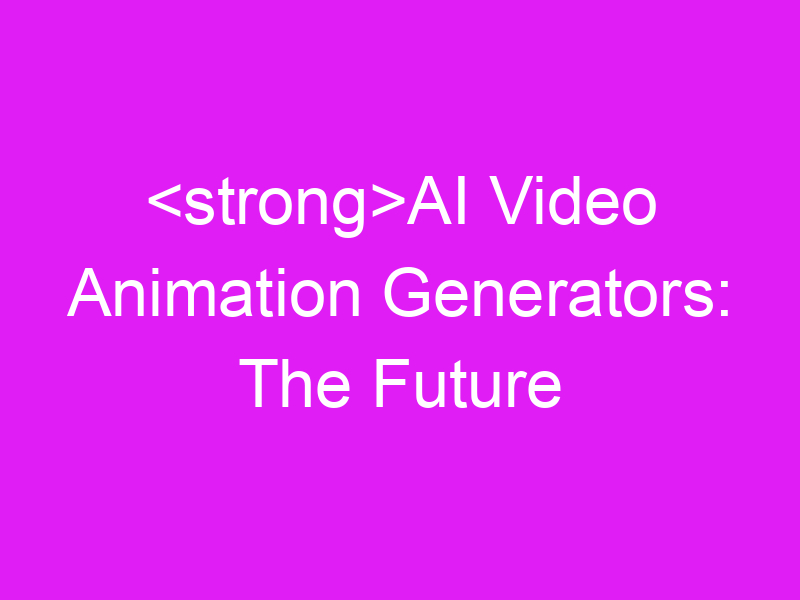Imagine transforming text into captivating videos effortlessly. This guide delves into the world of sora: creating video from text, exploring its capabilities, limitations, and practical applications. We’ll examine how this technology works, its benefits and drawbacks, and guide you through the process of creating your own videos. You’ll learn about different platforms that offer text-to-video functionality, and how to optimize your results for maximum impact. Let’s dive in!
Sora is a cutting-edge AI system developed by OpenAI that can generate high-quality videos directly from text descriptions. It’s a significant leap in AI-powered video creation, moving beyond simple slideshows or animated text to produce truly dynamic and realistic visuals. This represents a paradigm shift in content creation, making professional-quality video accessible to a far wider audience.
Sora achieves this through
a complex process involving multiple AI models working in concert. It analyzes the input text, understands the context, and generates a series of frames that seamlessly combine to form a video. This isn’t just simple text overlay; Sora understands concepts like movement, character interactions, and environmental details, translating them into visually compelling scenes. The technology leverages advanced deep learning algorithms trained on a vast dataset of images and videos.
Table of Contents
ToggleSora’s Key Features and Functionality
Detailed Scene Generation
Sora can generate intricate scenes based on your text prompts. For example, you could input “A bustling city street at sunset, with a lone figure walking towards a futuristic skyscraper” and Sora would generate a video realistically depicting this scene, including accurate lighting, shadows, and atmospheric details.
Character Animation and Interaction
Sora’s capabilities extend to animating characters and depicting their interactions. You can describe specific actions and emotions, and the AI will generate corresponding animations. Imagine creating a short film with convincing character performances without needing professional actors or animators.
Benefits of Using Sora for Video Creation
Accessibility and Ease of Use
Sora democratizes video creation. It eliminates the need for extensive video editing skills or expensive equipment. With a clear text prompt, almost anyone can generate a professional-looking video.
Cost-Effectiveness
Compared to traditional video production, Sora offers significant cost savings. There’s no need for filming crews, actors, location rentals, or complex editing software. This makes it an attractive option for individuals, small businesses, and educational institutions with limited budgets.
Limitations and Challenges of Sora
Control and Precision
While Sora is incredibly powerful, it’s still an AI system. You might not always get precisely the output you envision. Iterative refinement and careful prompt engineering are often necessary to achieve the desired results. Experimentation is key.
Processing Time and Resources
Generating high-quality videos with Sora requires significant computational power. This means the process can be time-consuming, especially for longer videos or complex scenes. Access to powerful hardware or cloud computing resources might be necessary.
Comparing Sora to Other Text-to-Video Tools
Sora vs. Other AI Video Generators
Several other text-to-video generators exist, but Sora stands apart due to its level of detail, realism, and ability to handle complex scenes. Competitors may offer simpler functionalities or lack the sophisticated scene generation and character animation capabilities of Sora. Direct comparison requires testing various platforms with similar prompts.
Setting Up and Using Sora: A Step-by-Step Guide
Accessing Sora
As of now, Sora is not publicly available. OpenAI is likely to release it gradually, possibly through an API or a subscription service. Stay updated on OpenAI’s announcements and news for access details.
Optimizing Your Text Prompts for Best Results
Crafting Effective Prompts
The quality of your output directly depends on the clarity and detail of your text prompts. Be specific about the scene, characters, actions, and desired aesthetic. Use vivid language and descriptive adjectives to guide the AI.
Advanced Techniques for Enhanced Video Creation
Iterative Refinement and Prompt Engineering
Don’t expect perfection on the first try. Experiment with different wording, phrasing, and levels of detail in your prompts. Refine your instructions based on the results you obtain. This iterative process is crucial for achieving optimal results.
Ethical Considerations and Responsible Use of Sora
Potential Misuse and Countermeasures
Like any powerful technology, Sora has the potential for misuse. OpenAI is likely to implement safeguards to prevent the creation of harmful or misleading content. Responsible use and adherence to ethical guidelines are paramount.
The Future of Text-to-Video Technology and Sora’s Role
Potential Applications and Impact
Sora’s potential applications are vast, spanning film production, advertising, education, and beyond. It could revolutionize how we create and consume video content, making it more accessible and efficient.
Sora’s Impact on Various Industries
Film and Television Production
Sora could significantly reduce the time and cost of film and television production. It could be used to generate preliminary scenes, create storyboards, or even produce complete short films.
Advertising and Marketing
Businesses can use Sora to create engaging video ads with minimal effort. This offers a cost-effective way to reach a wider audience and enhance marketing campaigns.
Frequently Asked Questions
What is Sora primarily used for?
Sora is primarily used for creating high-quality videos from text descriptions. Its applications are diverse, including film production, advertising, education, and more.
How does Sora compare to other video creation tools?
Sora sets itself apart by generating highly realistic and detailed videos compared to other tools. Its capabilities in scene generation and character animation are currently unmatched.
What are the limitations of using Sora?
Sora’s limitations include processing time, the need for iterative prompt refinement, and potential difficulties in achieving precise control over the final output.
Is Sora accessible to the public?
Currently, Sora isn’t publicly available. Access details are expected to be released by OpenAI in the future.
What kind of hardware is needed to run Sora?
The hardware requirements for running Sora are likely to be substantial due to the computational demands of the AI model. This might involve high-end personal computers or cloud computing services.
What are the ethical considerations of using Sora?
Ethical concerns include the potential for creating deepfakes or other forms of misleading content. Responsible use and adherence to OpenAI’s guidelines are crucial.
Final Thoughts
Sora represents a remarkable advancement in AI-powered video creation. Its ability to generate high-quality videos from text opens up exciting possibilities for content creators across various industries. While challenges remain, such as access and processing time, the potential benefits are undeniable. As Sora continues to evolve, we can anticipate further improvements in realism, efficiency, and ease of use. Stay informed about its progress, and prepare to experience a new era in video creation. Keep an eye on OpenAI’s announcements for updates on availability and access.








